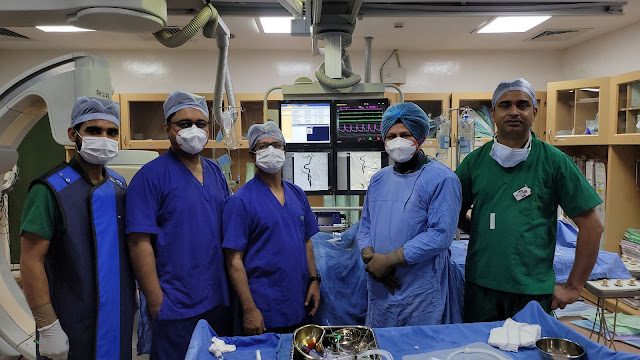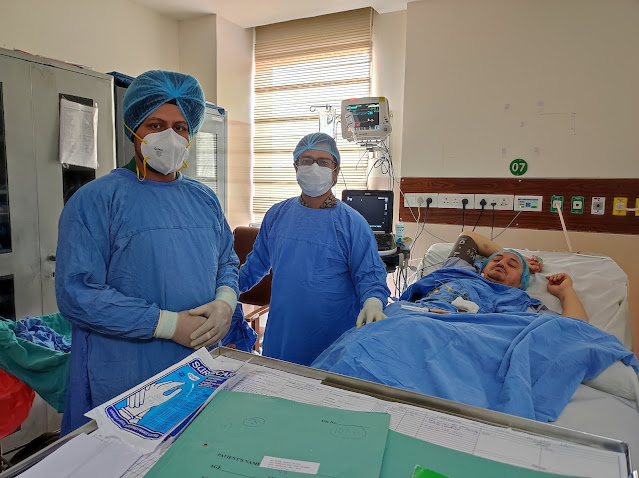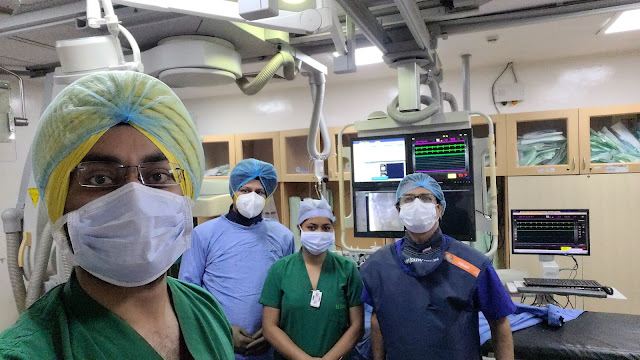Subclavian Artery Stenting
.jpg)
Due to the short- and long-term consequences, as well as patency difficulties, treatment for subclavian artery blockage is still up for debate. We present a rare instance of bilateral internal carotid artery occlusion and coupled proximal segmental occlusion of the left subclavian artery and subclavian steal phenomenon. Depending on the severity of the stenosis, the patient may exhibit symptoms or be asymptomatic. Upper extremity claudication, vertigo, diplopia, or syncope are some of the symptoms. A complete investigation using ultrasound Doppler, magnetic resonance angiogram (MRA), and computed tomography angiography (CTA) is undertaken to delineate the diagnosis when a blood pressure differential in the upper arms is greater than 15 mmHg. The management strategy involves medical care, endovascular therapy, and lifestyle changes, depending on the extent of the clinical manifestation. Endovascular stenting and angioplasty should be used as initial treatments for symptomatic subclavia...





.jpg)






